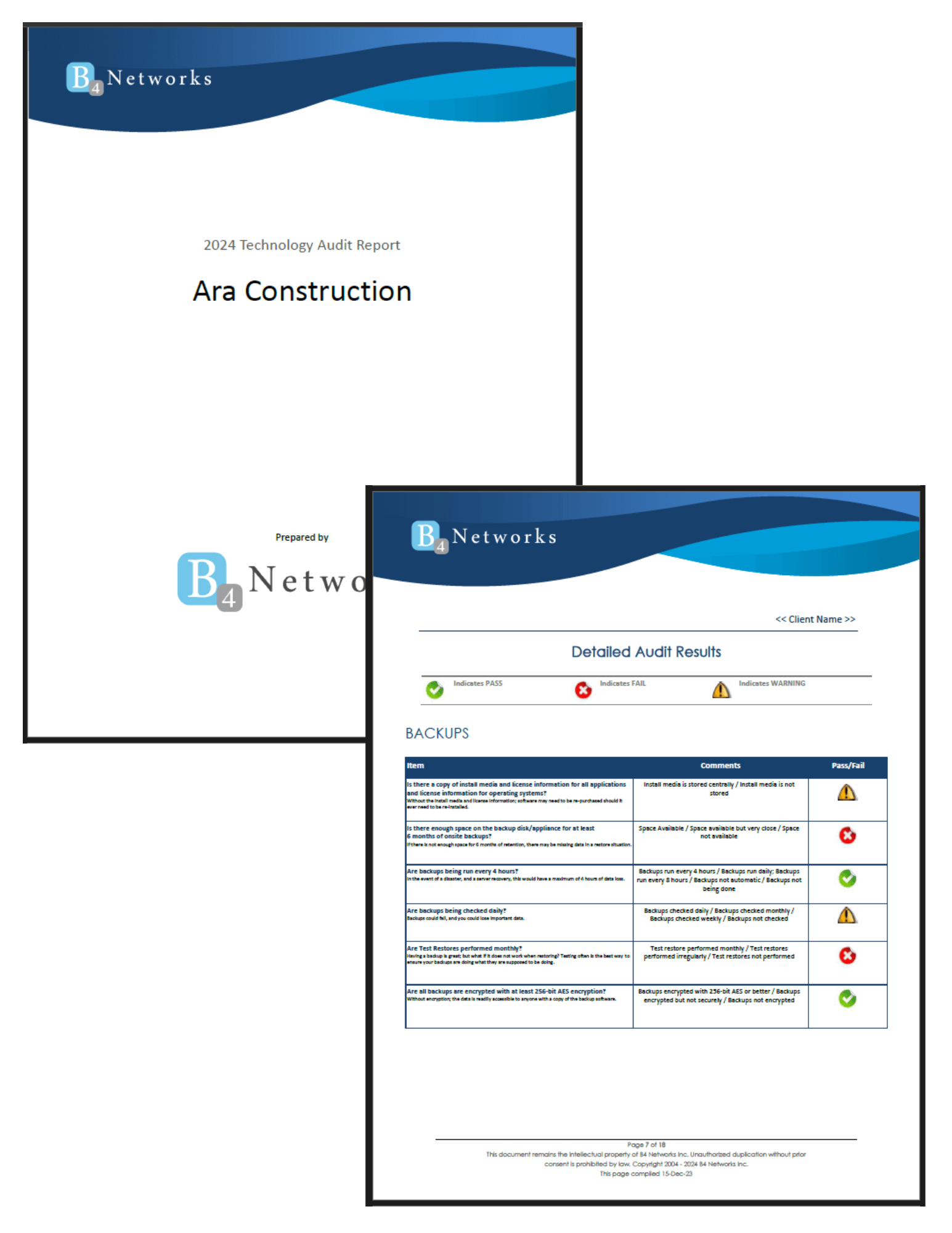Authored by: Bryan Lachapelle, President & CEO
 When we think about cybersecurity threats, we often imagine faceless hackers or external attackers. However, some of the most significant threats come from within our own organizations. These are known as insider threats. An insider threat occurs when someone with legitimate access to an organization—whether a current or former employee, contractor, or partner—misuses that access, causing harm to the organization. What makes insider threats particularly dangerous is the access these individuals have to sensitive information and critical resources. When this access is mishandled, either intentionally or unintentionally, it can lead to data breaches, operational disruptions, reputational damage, and significant financial losses.
When we think about cybersecurity threats, we often imagine faceless hackers or external attackers. However, some of the most significant threats come from within our own organizations. These are known as insider threats. An insider threat occurs when someone with legitimate access to an organization—whether a current or former employee, contractor, or partner—misuses that access, causing harm to the organization. What makes insider threats particularly dangerous is the access these individuals have to sensitive information and critical resources. When this access is mishandled, either intentionally or unintentionally, it can lead to data breaches, operational disruptions, reputational damage, and significant financial losses.
Insider threats can be categorized into two main types: intentional and unintentional. Let’s explore both.
Intentional Insider Threats
An intentional insider threat arises when someone deliberately uses their access to harm the organization. This could involve stealing data, sharing confidential information, or sabotaging the company’s systems. The motives behind these malicious actions can vary, ranging from personal gain to a desire to retaliate against the organization. For example, an employee might steal their company’s intellectual property with the intention of sharing it with a competitor that has offered them a job. These actions are premeditated and can cause severe damage to the organization.
Unintentional Insider Threats
On the other hand, unintentional insider threats are usually the result of accidental actions. These threats occur when an employee or contractor unknowingly makes a mistake that compromises the organization’s security. Unintentional insider threats are far more common than intentional ones. For instance, an employee might accidentally click on a malicious link in a phishing email, inadvertently allowing malware to infect the company’s network. While these actions are not malicious, they can still have serious consequences.
Protecting Your Organization from Insider Threats
So, how can you protect your organization from insider threats?
- Continue Cybersecurity Training: To avoid becoming an unintentional insider threat, it’s crucial to stay informed about the latest cybersecurity threats and best practices. Regular training can help employees recognize phishing attempts, suspicious emails, and other potential dangers.
- Follow Security Policies and Procedures: Adhering to your organization’s security protocols is essential. These guidelines are in place to protect both the company and its employees. By following them, you reduce the risk of accidentally causing a security incident.
- Stay Vigilant for Signs of Intentional Insider Threats: Be aware of red flags that may indicate an intentional insider threat, such as a colleague asking for information they don’t need or accessing systems during unusual hours. If you notice a colleague behaving suspiciously, such as confessing harmful intentions or accessing sensitive data without a clear reason, report it immediately.
- Report Suspicious Behaviour Safely: If you observe any suspicious or unusual behavior from a colleague, report it to your manager or IT department right away. Avoid confronting the individual directly, as this could escalate the situation or put you in a difficult position.
Insider threats are a serious concern for any organization, but with the right awareness, vigilance, and adherence to security practices, you can help protect your company from these internal dangers. By working together and staying alert, we can create a safer, more secure environment for everyone.



